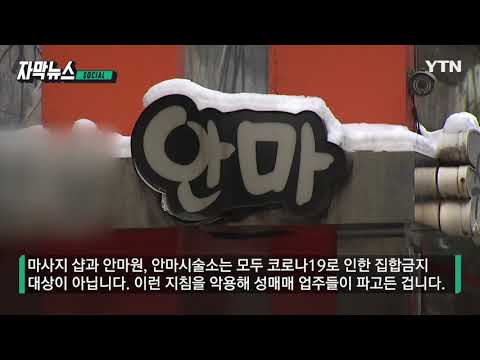Wine Tasting
페이지 정보

본문

Wine Tasting
What is the that means of wine tasting?
Wine tasting is a sensory exercise that entails the analysis of wine through various features. It engages your senses to understand and identify the distinctive traits and qualities of various wines.
- Sight: Observing the colour, clarity, 오피 and viscosity of the wine.
- Smell: Swirling the wine in a glass to release its aromas and then inhaling to determine totally different scents.
- Taste: Taking a sip to discover the flavors, textures, and balance of the wine.
- Finish: Noting the aftertaste and 오피사이트 the way lengthy the flavors linger on the palate.
Overall, 유흥사이트 wine tasting isn't just about consuming wine however entails a deeper appreciation of its complexities and subtleties.
Steps in Wine Tasting
- Preparation: Gather the mandatory instruments - wine glasses, palate cleansers, and a notepad if desired.
- Examine: Observe the wine’s appearance within the glass.
- Swirl: Gently swirl the wine to show it to air.
- Smell: Bring the glass to your nostril and take a deep inhale.
- Taste: Sip the wine and let it coat your palate.
- Reflect: Take notes and 오피 (sciencewiki.science) share your impressions.
Wine tasting is usually a fun and educational expertise, whether accomplished alone or with others, and permits people to develop their palate and respect the variety of wines available.
What is the process of wine tasting?
Wine tasting is an artwork that involves a structured method to savoring the complex flavors, aromas, and textures of wine. Below is a methodical approach to conduct a wine tasting:
1. Look
Begin by analyzing the wine in your glass. Hold it towards a white background to watch its color and clarity. Take notice of the wine's viscosity, which might indicate its body.
2. Swirl
Gently swirl the wine within the glass. This motion releases the wine's aromas. It allows oxygen to interact with the wine, enhancing its perfume.
3. Smell
Bring the glass to your nostril and inhale deeply. Try to identify different aromas. They can vary from fruity, floral, herbal, to earthy notes. This step is essential because the sense of scent plays a big function in taste perception.
4. Taste
Take a small sip of the wine, 오피 permitting it to coat your palate. Focus on its flavors, acidity, sweetness, tannin ranges, and body. Consider how these components steadiness and work together with each other.
5. Evaluate
Finally, replicate on the wine’s overall profile. Assess the finish — how lengthy the flavors linger after swallowing. Think in regards to the wine's complexity and whether or not you enjoyed it.
By following this technique, you'll be able to improve your wine tasting expertise and develop a deeper appreciation for various wines.
How to understand wine tasting?
Grasping the artwork of wine tasting includes understanding the sensory elements of wine and refining your palate. Here are some steps to help you learn to taste wine effectively:

1. Prepare Your Environment
- Choose a well-lit area to watch shade.
- Ensure the area is free from robust odors that would intrude along with your tasting experience.
2. Use the Right Glassware
Using a correct wine glass helps in concentrating the aromas. Opt for a glass that is clear and has a tulip form.
3. Observe the Wine
- Visual Assessment: Hold the glass towards a white background to see the wine's color and readability.
- Swirling: Gently swirl the wine to launch its aromas.
4. Smell the Wine
Take a second to inhale the aromas. Try to establish different scents.
- Fruits, 오피 spices, herbs, and other aromatic notes can be detected.
- Focus on each the preliminary aromas and people who emerge after swirling.
5. Taste the Wine
- Initial Taste: Take a small sip and let it sit on your tongue.
- Identify Flavors: Try to pinpoint the flavors you expertise.
- Texture and Body: Consider whether or not the wine is mild, medium, or full-bodied.
6. Evaluate the Finish
Take observe of the aftertaste. A longer end is commonly an indicator of a better high quality wine.
7. Take Notes
Recording your thoughts on different wines can help refine your palate over time. Include:
- Wine name and vintage
- Aroma and taste notes
- Overall impression, including mouthfeel and finish
8. Practice Regularly
The more you taste, the higher you'll become at figuring out different characteristics in wine. Join wine tasting events or create your individual tastings with pals.
With time and expertise, you may develop a deeper understanding and appreciation of wine. Happy tasting!
- 이전글What Basketball Shoes Are Good For Me? Choose The Best Fit With Our Buyers Information Updated:february 2025 25.03.02
- 다음글Find Out How To Tighten Up Loosened Skin With These 6 Terrific Tips 25.03.02
댓글목록
등록된 댓글이 없습니다.